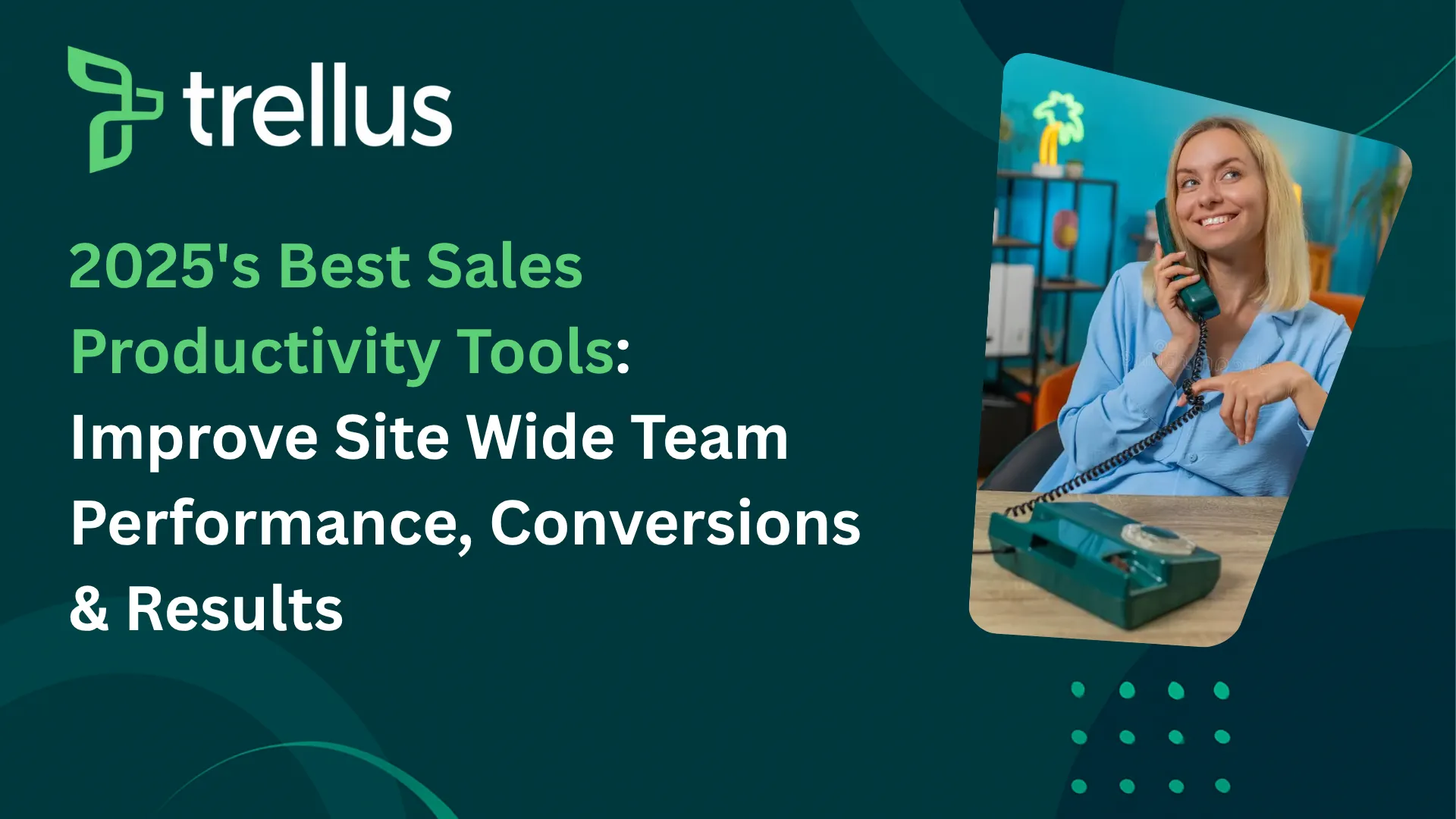
Our Top Picks


If you’ve ever caught yourself staring at your overflowing sales tech stack, wondering why things still feel harder instead of easier, you’re in good company.
Most teams today are juggling too many tools that promise to “save time” but end up doing the opposite. You’ve got one platform for outreach, another for CRM, one more for analytics, and somehow you still spend half your day just logging in and out of apps.
And if you’ve been feeling stretched thin, trying to do more with less, you’re not imagining it.
According to Salesforce, 53% of sales professionals say selling is harder than a year ago, and reps are still spending nearly 70% of their time on non-selling tasks. Despite the flood of AI-driven sales platforms, the day-to-day experience for most reps hasn’t improved as much as it should have.
Efficiency is important, but productivity isn’t just about speed. The real advantage now lies in how well your tools help you connect with buyers, build trust, and create meaningful interactions; not just automate touchpoints.
So as we go through the top sales productivity tools of 2025, we’ll look beyond automation and talk about how each one helps sales teams reclaim time, sharpen focus, and strengthen relationships.
How to Choose the Best Sales Productivity Tools
Before adding anything new to your stack, it’s worth asking a simple but powerful question:
What problem are you really trying to solve?
A lot of sales teams rush to adopt shiny new software only to realize months later that it didn’t fix the underlying issue. Productivity gains happen when you choose tools that match your team’s bottlenecks, not just the market trends.
Define Your Team’s Challenges
It sounds simple, but few teams actually sit down and identify where their time really goes. Are reps bogged down by manual data entry? Are managers struggling with pipeline visibility? Is outreach repetitive and unpersonalized?
Every sales role has its own version of “busywork.”
- SDRs often get buried in admin tasks and repetitive outreach.
- AEs want better forecasting accuracy and easier access to deal insights.
- Sales leaders crave visibility into what’s working and where revenue might stall.
Understanding each group’s challenges makes it easier to pick tools that target those pain points directly.
Map Features to Pain Points
Once you know the “why,” it’s easier to evaluate the “how.” Create a picture of your ideal setup; if your team could design the perfect system, what would it look like?
Maybe it’s having a single dashboard that shows which deals need attention. Maybe it’s an AI assistant that automatically drafts personalized follow-ups. Having clarity here helps you measure tools based on real-world impact, not hype.
Check Integration Strength
A tool that doesn’t fit into your daily workflow will quickly collect digital dust.
Before investing in something new, review what you already have. Many of the top CRM tools for sales productivity, Salesforce, HubSpot, Zoho, are constantly expanding their native AI and automation features.
If you still decide to bring something new onboard, test how deep the integrations actually go. Ask vendors for a live walkthrough of how their tool interacts with your CRM, not just a slide listing compatible platforms.
Eliminate Overlap
Stacking multiple apps with overlapping features can easily kill productivity. Instead, look for tools that complement one another for instance, a CRM that integrates naturally with your email sequencing platform, or an AI assistant that enhances the data in your existing pipeline rather than duplicating it.
Think About Scalability and Adoption
What works for a five-person team may not scale to fifty. Beyond just cost, consider compliance, data privacy, and how easy it is for new hires to learn the tool. If the onboarding experience feels like a chore, adoption will drop fast — no matter how powerful the platform is.
1. Trellus – Real-Time AI Sales Enablement for Rep Productivity
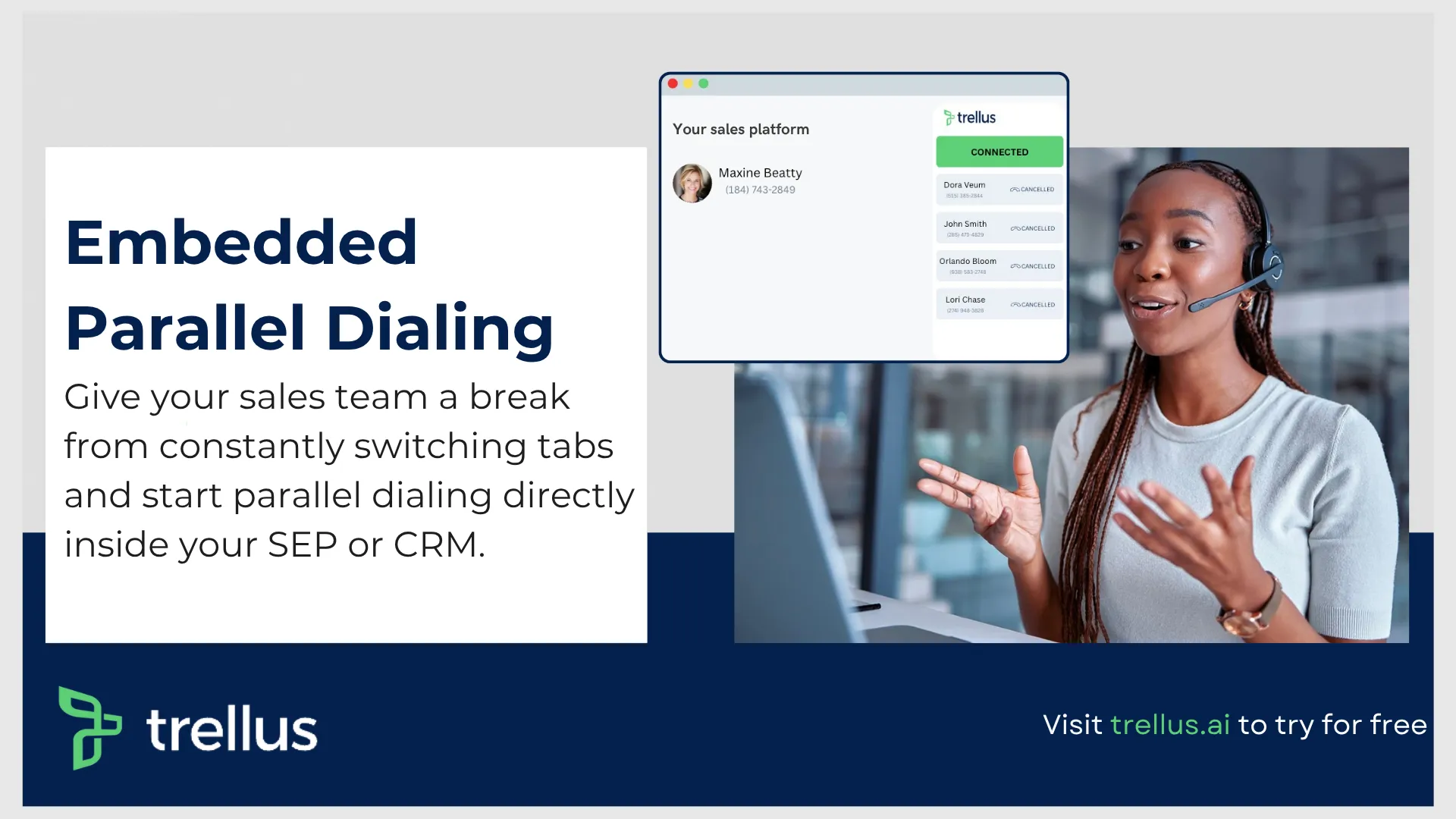
If sales productivity had a heartbeat, Trellus would be right in the middle of it. This platform is quickly becoming a must-have AI sales enablement tool for rep productivity, helping teams coach, analyze, and optimize every customer conversation; all in real time.
Trellus isn’t just about call analytics, reports and stuff like that.
You can get plenty of analytics software for sales teams easily. We wanted to create a tool with a grounds up approach to enabling better sales coaching, better conversational skills, productivity, multiple simultaneous calls, better outreach - and just about everything out there.
The best part is that these features are delivered over a very lightweight Google Chrome extension, and the program integrates with a variety of popular CRMs easily.
What does that mean?
Integration means that you don’t have to leave or switch over from your CRMs interface to Trellus to resume workflow. As in if there was no integration support, then the point of having an out of the box solution for sales enablement would be useless. It’s all centralized and over your own CRM’s environment.
If you’re not using a CRM, Trellus works on its own too.
What Makes Trellus Stand Out
- AI Coaching in Real Time: Trellus listens to calls live, giving subtle prompts that guide reps through objections, tone adjustments, and next-step suggestions — all without interrupting the conversation.
- Conversation Intelligence That Actually Teaches: After the call, Trellus breaks down what happened — highlighting key moments, buyer sentiment, talk-to-listen ratio, and even missed cues.
- Performance Dashboards for Every Role: Managers can view rep-specific insights, skill trends, and deal risks. Reps can track personal progress and see where they’re improving week to week.
- Integrations That Matter: It fits seamlessly into tools most teams already use — Salesforce, HubSpot, Outreach, and Gong-style analytics — without adding login fatigue.
Why It Improves Sales Rep Productivity
Most inside sales teams struggle with feedback loops.
Coaching happens days or weeks after calls, long after the moment has passed. Trellus fixes that.
The AI doesn’t just analyze; it supports reps as they sell, helping them adjust in the moment and build better buyer trust through authentic conversations.
Who It’s Best For
- Fast-scaling B2B sales teams who want to shorten ramp time for new reps
- Managers who need data-backed coaching without hours of manual review
- Teams selling complex products where conversations matter more than email volume
Pricing
Trellus offers flexible plans depending on team size, with enterprise pricing available on request.
In short, Trellus is less about doing more work and more about doing the right work, better. Among AI tools for sales productivity in the USA, it’s one of the few that genuinely improves performance without overwhelming your stack.
2. Salesforce – The Foundation of Modern Sales Productivity

For years, Salesforce has been the bedrock of sales operations. It’s not just one of the top CRM tools for sales productivity — it’s practically a sales ecosystem.
In 2025, Salesforce’s AI engine (Einstein and Agentforce) has evolved beyond predictive analytics into a full-fledged AI assistant for sales productivity. It helps teams score opportunities, forecast revenue, and even automate updates inside deals — no manual data entry required.
Key Features
- Automated Data Capture & CRM Hygiene: Salesforce automatically records key interactions, notes, and follow-ups, keeping your CRM data clean and current.
- Predictive Deal Insights: AI-driven risk assessments and opportunity scoring highlight which deals need attention before it’s too late.
- Agentforce AI: These intelligent sales agents proactively update records, draft follow-ups, and suggest next actions.
Why It’s One of the Best Sales Productivity Tools
Salesforce has one major advantage — it connects everything. From marketing and service to commerce and analytics, you get a unified customer view across the entire organization. This cuts down the “where’s that info?” time that kills rep efficiency.
Best For
Mid-to-large enterprise teams that want a scalable, fully integrated CRM backbone capable of automating routine work and enhancing visibility across departments.
3. HubSpot – The Easy-Onboarding Productivity Hub
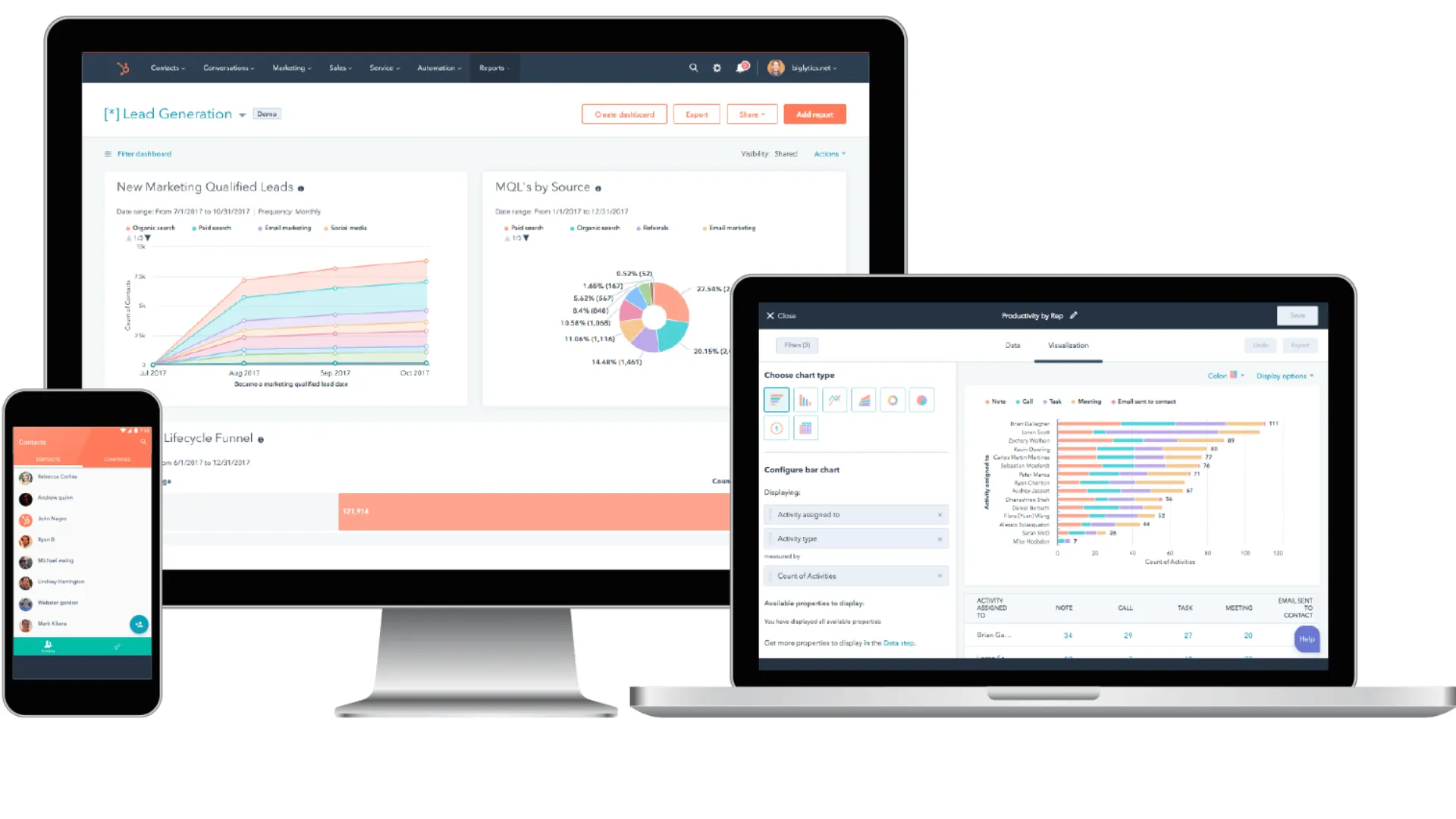
HubSpot has earned its reputation for being the most user-friendly sales productivity tool in the market. Sales reps love it because they can actually get up and running fast — no week-long training required.
Its latest AI layer, called HubSpot Breeze, turns it into more than a CRM. Breeze offers a prospecting agent that researches accounts, scores leads, and drafts messages tailored to each buyer’s stage.
Key Features
- Smart Outreach Workflows: The system automatically adjusts follow-ups based on engagement, so you’re not spamming disinterested leads.
- AI-Generated Content and Insights: Drafts personalized emails, captures key call highlights, and recommends next steps.
- Full-Funnel Integration: Connects marketing, sales, and service data for a true 360-degree customer experience.
Why It Boosts Team Productivity
HubSpot cuts out the noise.
Everything ranging over call scheduling, email logging and your typical daily workflow; it happens in one interface. This means reps spend less time switching tabs and more time actually selling.
Best For
Small to medium-sized teams that need all-in-one functionality with minimal setup time and maximum adoption.
4. Pipedrive – Visual Simplicity That Keeps Reps Focused
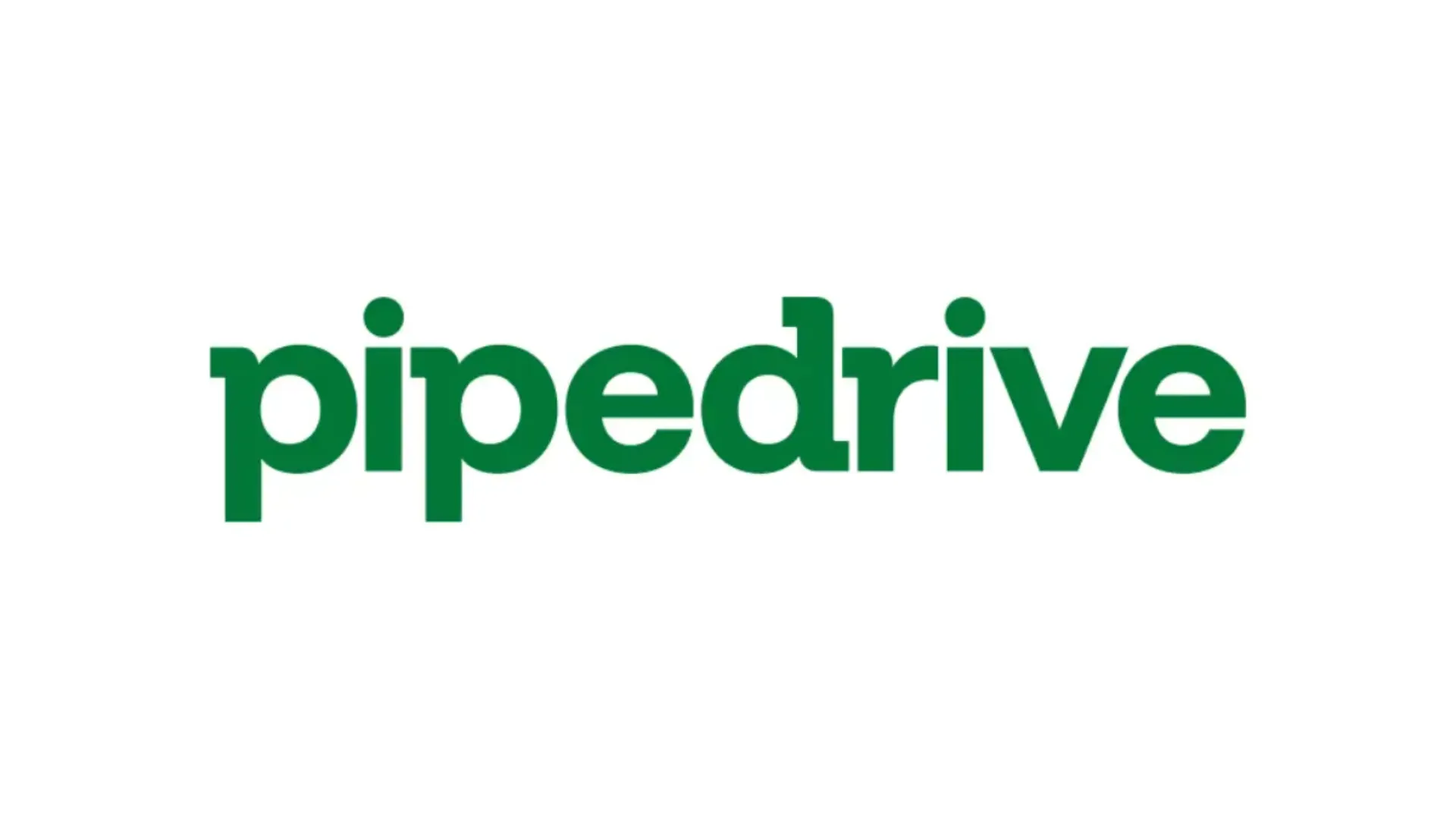
Some CRMs feel like they were built for data analysts instead of salespeople. Pipedrive takes the opposite approach. It’s one of the few inside sales productivity tools that puts clarity first.
Everything revolves around a visual pipeline, letting reps literally see where deals stand and what needs attention next. You don’t need to be a power user or tech-savvy rep to make it work that’s part of Pipedrive’s charm.
What It Offers
- Drag-and-Drop Deal Tracking: Move deals across stages as easily as rearranging sticky notes on a board.
- AI Sales Assistant: Analyzes deal history, flags stalled opportunities, and suggests the next best action to improve win rates.
- LeadBooster Suite: Adds live chat, chatbots, web forms, and prospecting tools to feed your pipeline directly.
Why It Helps Increase Sales Productivity
Pipedrive keeps things simple, and that’s what makes it powerful. It eliminates the clutter of overbuilt CRMs, helping sales reps stay focused on selling, not software management. The AI assistant adds that extra layer of intelligence, nudging reps before deals slip through the cracks.
Best For
Small to mid-sized teams that need a lightweight CRM that’s easy to adopt, but still offers meaningful automation and reporting.
Pricing starts at around $14 per user per month, making it one of the more accessible options among the best sales productivity tools on the market.
5. Zoho CRM – Affordable, AI-Driven, and Enterprise-Ready
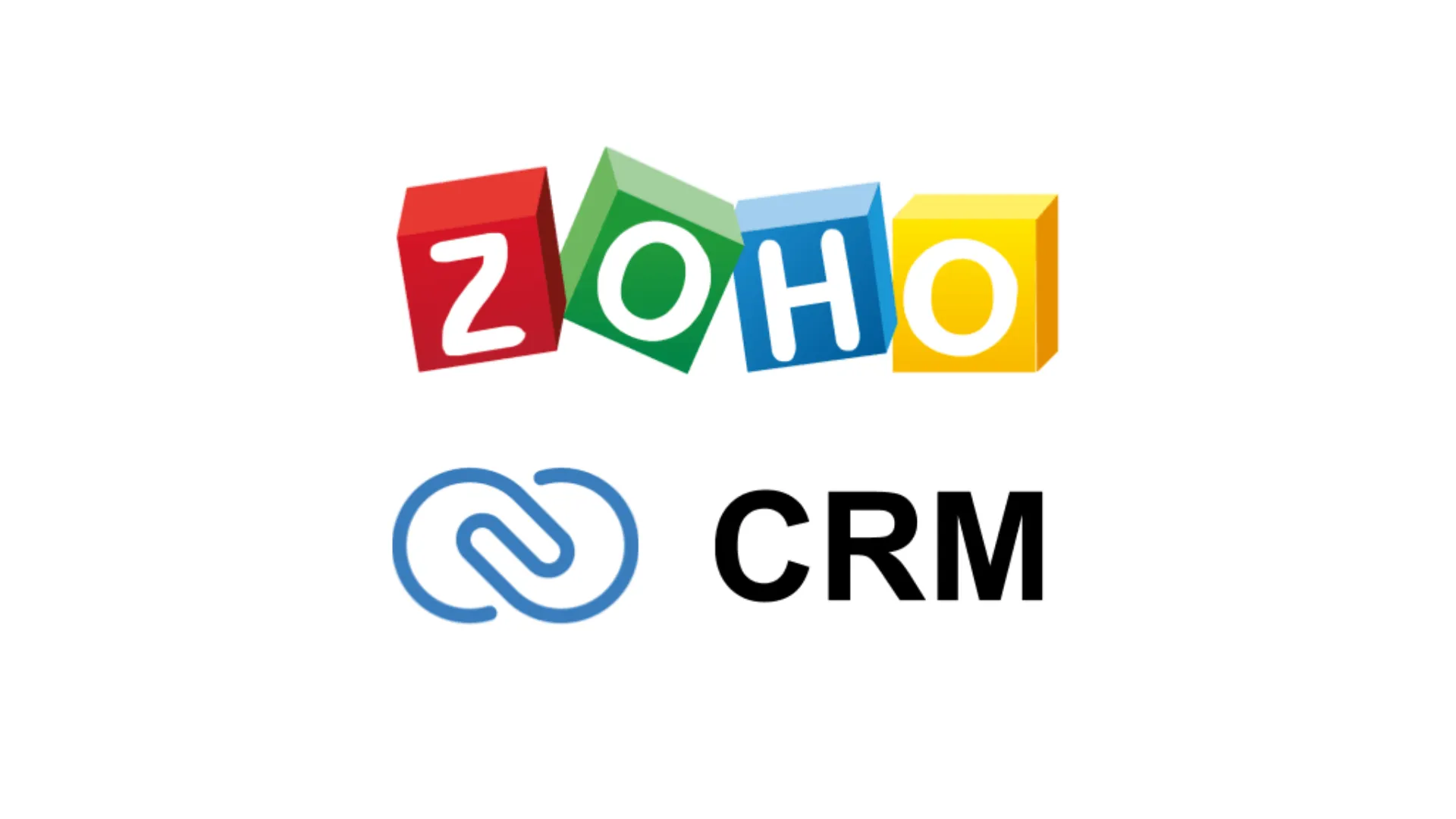
Zoho CRM proves that great technology doesn’t have to come with a heavy price tag. Over the years, it’s evolved from a simple CRM into a complete sales and marketing productivity suite with automation, analytics, and omnichannel communication built in.
What It Offers
- Zia AI Assistant: Predicts leads most likely to convert, drafts reports, and even recommends the best time to contact prospects.
- Custom Workflows: Drag-and-drop automation or full scripting with Deluge lets you customize the platform to fit your processes.
- Omnichannel Communication: Manage email, phone calls, live chat, and social media messages all from the same dashboard.
Why It’s Great for Sales Team Productivity
Zoho strikes a rare balance between depth and affordability. You can customize nearly every aspect without needing a developer.
Plus, with its 50+ native apps, including Zoho Books, Campaigns, and Analytics, it covers multiple parts of the business ecosystem under one roof.
Best For
Teams that need an affordable, scalable alternative to Salesforce or HubSpot, especially those selling across multiple regions or channels.
Plans start around $14 per user per month, with generous trial options.
6. Outreach – From Cadences to Conversation Intelligence
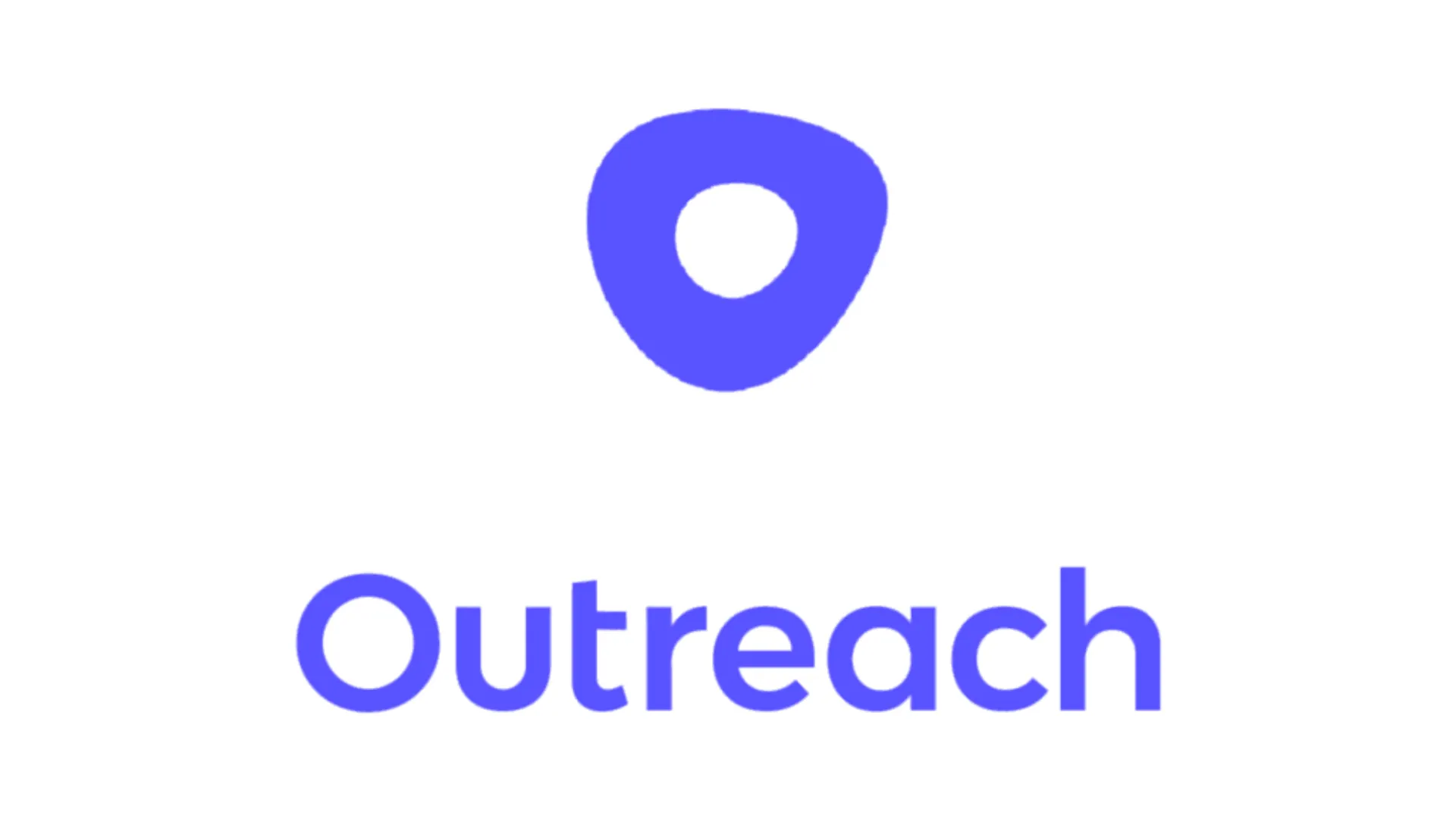
If your team runs high-volume outbound or manages complex buying cycles, Outreach is one of the best AI tools for sales team productivity you can get in 2025.
Outreach bridges the gap between activity and outcome — helping teams not only execute multi-channel sequences but also understand which actions drive revenue.
What It Offers
- Advanced Sequences: Automated outreach via email, calls, and LinkedIn with branching logic that adapts to prospect behavior.
- AI Revenue Agents: These virtual assistants predict deal health, identify next steps, and can even auto-update opportunities in your CRM.
- Real-Time Coaching: During or after calls, Outreach’s AI surfaces emotional cues, objection handling tips, and conversational analysis.
Why It Boosts Rep Productivity
Inside sales reps often waste hours juggling spreadsheets, emails, and call logs. Outreach replaces that chaos with structure and insight. The result is less administrative friction and more time spent on meaningful buyer engagement.
Best For
Mid-sized to enterprise sales organizations with dedicated SDR and AE teams who want scalable workflow automation and AI-enhanced coaching.
Pricing is custom, but the productivity impact — especially at scale — is significant.
7. Salesloft – Orchestrating the Buyer Journey

Salesloft shares a lot of DNA with Outreach, but where Outreach leans into automation and sequencing, Salesloft shines in workflow orchestration and deal engagement insights.
Think of it as an inside sales productivity tool designed to help every rep know what to do next, and why.
What It Offers
- Structured Cadences with Intelligence: Automated workflows that adjust based on prospect engagement.
- Meeting Briefs and Call Summaries: AI preps reps before meetings with contextual insights, then provides summaries afterward with clear action items.
- Stakeholder Mapping: Automatically detects new decision-makers entering a deal and adds them to the account record.
Why It Improves Sales Rep Productivity
Salesloft brings together email, calls, and meeting intelligence into one rhythm. Instead of manually tracking touchpoints, reps follow structured cadences that dynamically evolve based on real buyer data. This ensures no deal falls through the cracks, and no time is wasted chasing cold prospects.
Best For
Revenue teams in growth-stage or enterprise companies that want to scale personalized outreach and improve consistency across reps.
Pricing is available upon request, with enterprise support options for complex integrations.
8. Apollo – Prospecting Meets Outreach in One Platform
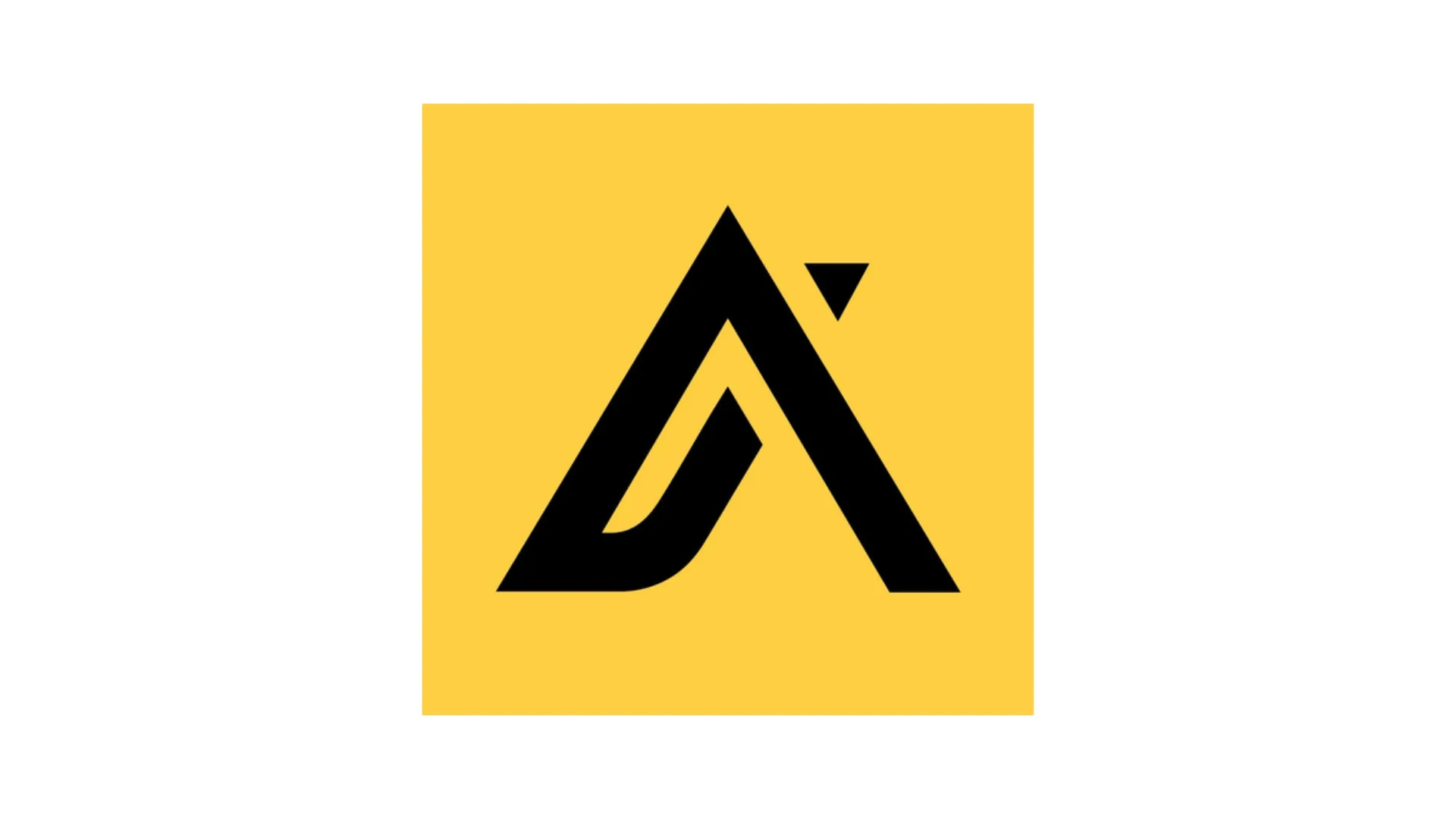
Apollo.io has quickly climbed the ranks as one of the most popular AI tools for sales productivity in the USA. It combines B2B data intelligence and sales engagement features into one cohesive platform, meaning you can find, contact, and follow up with prospects all in one place.
What It Offers
- Massive Contact Database: Verified phone numbers and emails across industries, powered by AI data enrichment.
- Smart Outreach: Send automated sequences across email and calls, complete with engagement tracking and performance metrics.
- AI Recommendations: Suggests new accounts, finds lookalike companies, and prioritizes the hottest leads.
Why It’s One of the Best Tools to Increase Sales Productivity
Instead of flipping between a data provider and an email sequencing tool, Apollo merges the two. It gives sales teams a single workflow ranging all the way over prospect discovery to first contact and booked meetings etc.
That alone saves hours each week and makes reps more efficient.
Best For
Startups and SMBs looking for an affordable LinkedIn Sales Navigator alternative that includes both data and outreach capabilities.
Plans start at $49 per user per month, with a free tier for testing the basics.
9. Mixmax – Inbox-Centric Engagement for Busy Reps
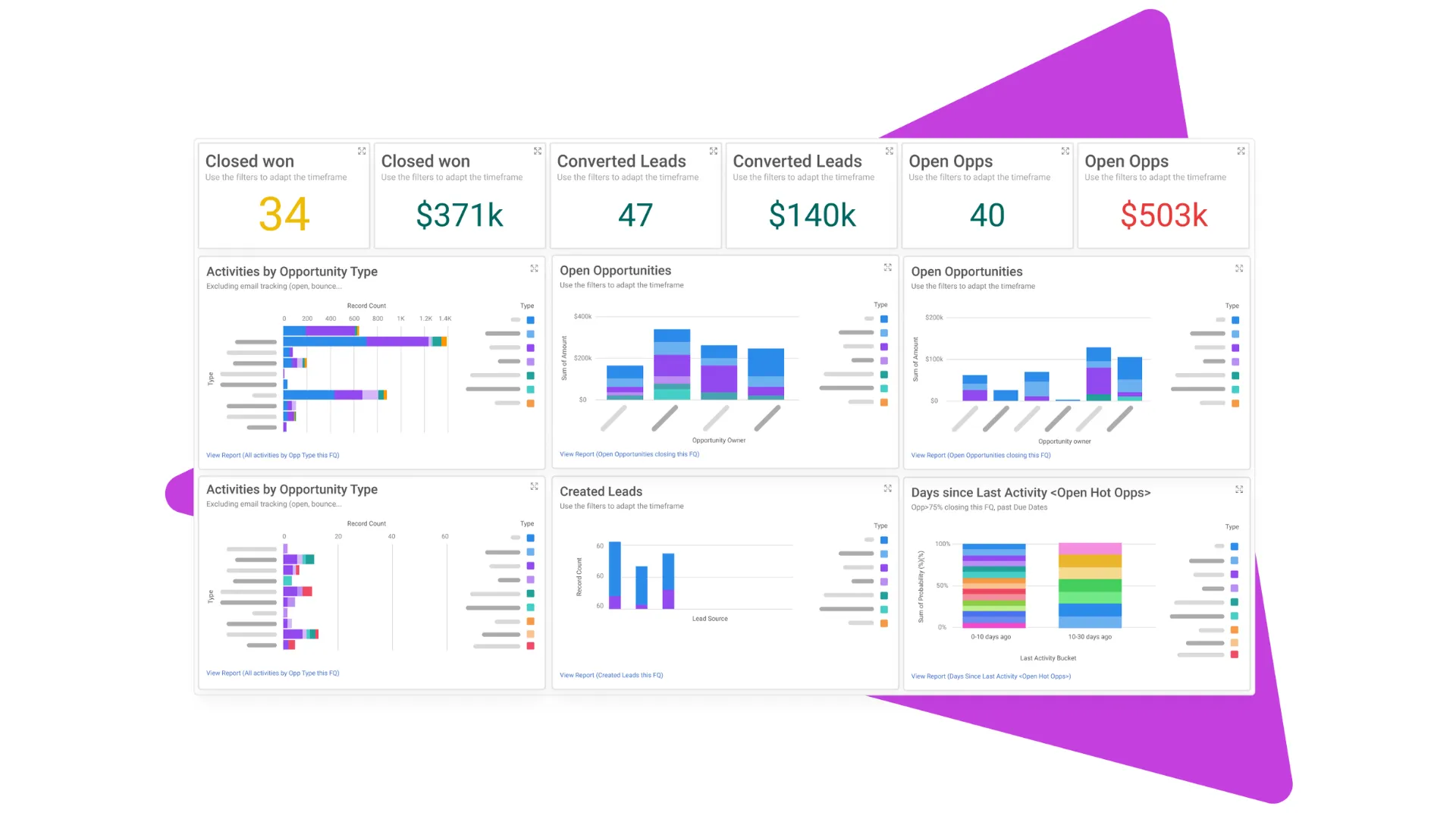
Mixmax takes a refreshingly simple approach to sales productivity. Rather than adding another tab or dashboard, it lives directly inside your Gmail or Outlook inbox, transforming it into a powerful sales engagement workspace.
What It Offers
- Email Sequences and Automated Follow-Ups: Schedule emails, trigger tasks, and keep outreach consistent — all from your inbox.
- Smart Scheduling: One-click meeting links and shared calendars remove the usual back-and-forth.
- Real-Time Notifications: Know the moment a lead opens, clicks, or replies to your message.
Why It Improves Inside Sales Productivity
Mixmax meets reps where they already work — in their inbox. This minimizes context switching and makes adoption easy. Its built-in AI tools also help craft and optimize outreach messages, suggesting improvements that increase response rates.
Best For
Small to mid-sized teams that live in Gmail or Outlook and need lightweight automation without adding another full platform.
Free tier available, with paid plans starting at $29 per user per month.
10. Synthesia – Scalable Video Selling Made Simple
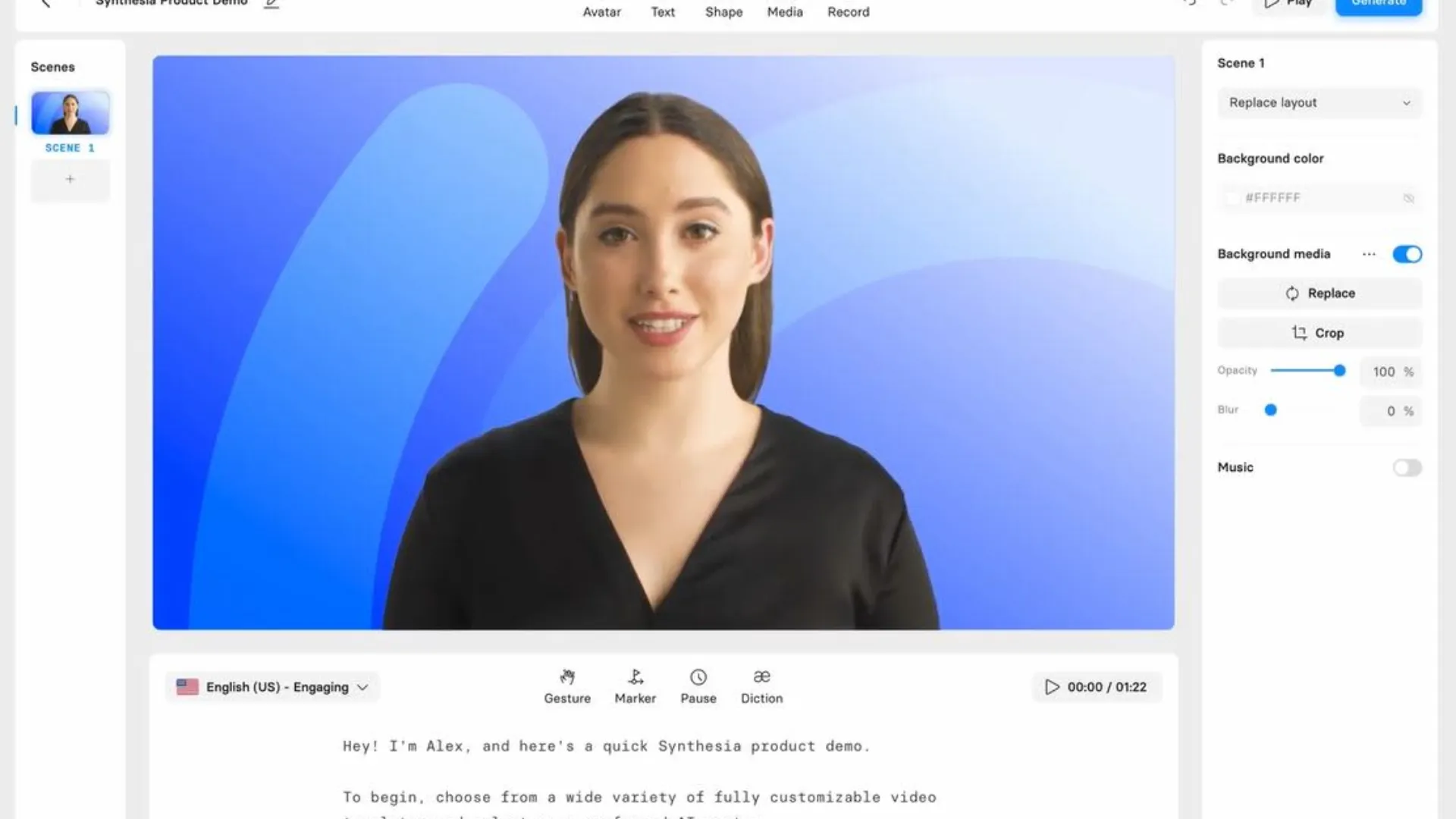
Sales is human, but in a digital-first world, video has become one of the fastest ways to build trust.
This platform specifically sticks out among AI assistant tools for sales productivity because it helps teams create professional, human-like videos in minutes — no cameras, actors, or studios needed.
What It Offers
- AI Avatars in 140+ Languages: Personalized, natural-sounding video presentations with real lip-sync and emotion.
- Custom Templates: Turn scripts, slides, or PDFs into videos instantly.
- Interactive Options: Add clickable elements or multiple avatars for more engaging storytelling.
Why It Enhances Sales Team Productivity
Video outreach used to be time-consuming and expensive.
With Synthesia, reps can record personalized introductions, pitch recaps, or training materials at scale. It turns what used to take hours into a few clicks — while still keeping it human and authentic.
Best For
Global or remote sales teams that want to personalize outreach across languages and markets without increasing content production costs.
Free plan available, with paid options starting at $18 per user per month.
11. ZoomInfo – Data Accuracy Meets Predictive Intelligence

When it comes to sales prospecting and lead intelligence, ZoomInfo remains the gold standard. It’s not just a contact database anymore — it’s a complete revenue acceleration platform that connects sales, marketing, and operations data into a single ecosystem.
What It Offers
- B2B Database with Verified Contacts: Millions of company and professional profiles updated constantly.
- Intent Data & Buyer Signals: Identifies prospects researching your solutions across the web before they ever reach out.
- Workflow Automation: Syncs data with CRMs like Salesforce, HubSpot, or Pipedrive to trigger campaigns and cadences automatically.
Why It Boosts Sales Productivity
Reps waste hours chasing bad leads.
ZoomInfo eliminates that by ensuring every contact is accurate and every account is well-qualified. Combined with its intent-based prioritization, teams can focus on the buyers most likely to convert; reducing busywork and increasing quota attainment.
Best For
Mid-to-large B2B organizations needing precise data enrichment and predictive lead scoring.
Pricing is custom, but the productivity ROI is substantial for data-driven teams.
12. Lavender – AI-Powered Email Coach for Reps
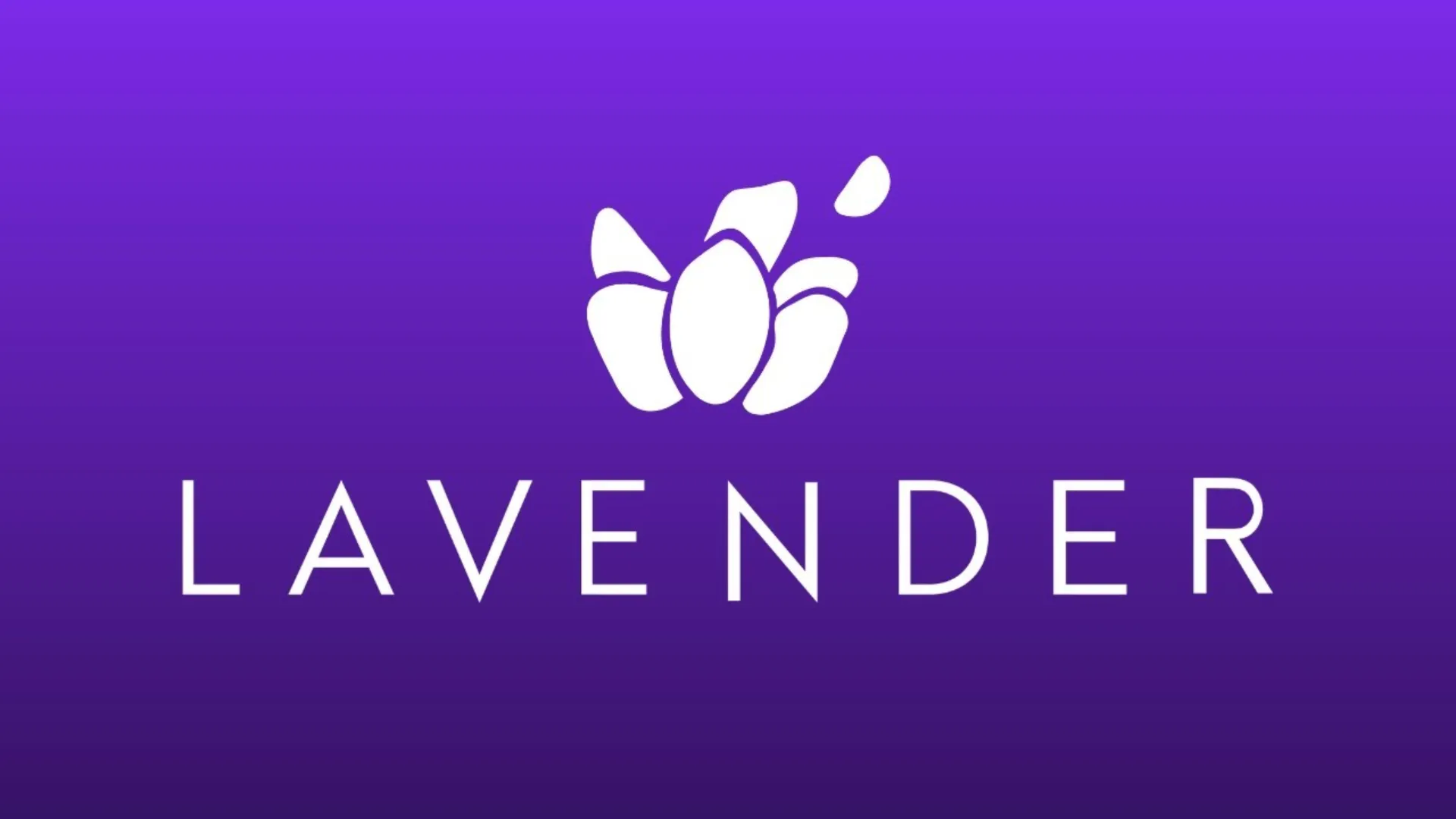
Lavender may look simple, but it’s one of the most effective sales email productivity tools ever built. Instead of automating messages, it helps reps write better ones — faster and with higher reply rates.
What It Offers
- AI Email Scoring: Grades your message in real time based on tone, clarity, and personalization.
- Persona Intelligence: Pulls in data from LinkedIn and your CRM to tailor emails automatically.
- Writing Assistance: Suggests phrasing, subject lines, and structure improvements designed to boost open and response rates.
Why It’s a Sales Rep Productivity Powerhouse
Most reps spend up to 40% of their day crafting and revising emails. Lavender slashes that time while improving outcomes. It turns email outreach into a data-backed, conversion-optimized process rather than guesswork.
Best For
SDRs and AEs doing cold outreach at scale, especially in B2B and SaaS sectors.
Free tier available, with paid plans starting at $29 per month.
13. Calendly – The Scheduling Shortcut That Sells Time Back
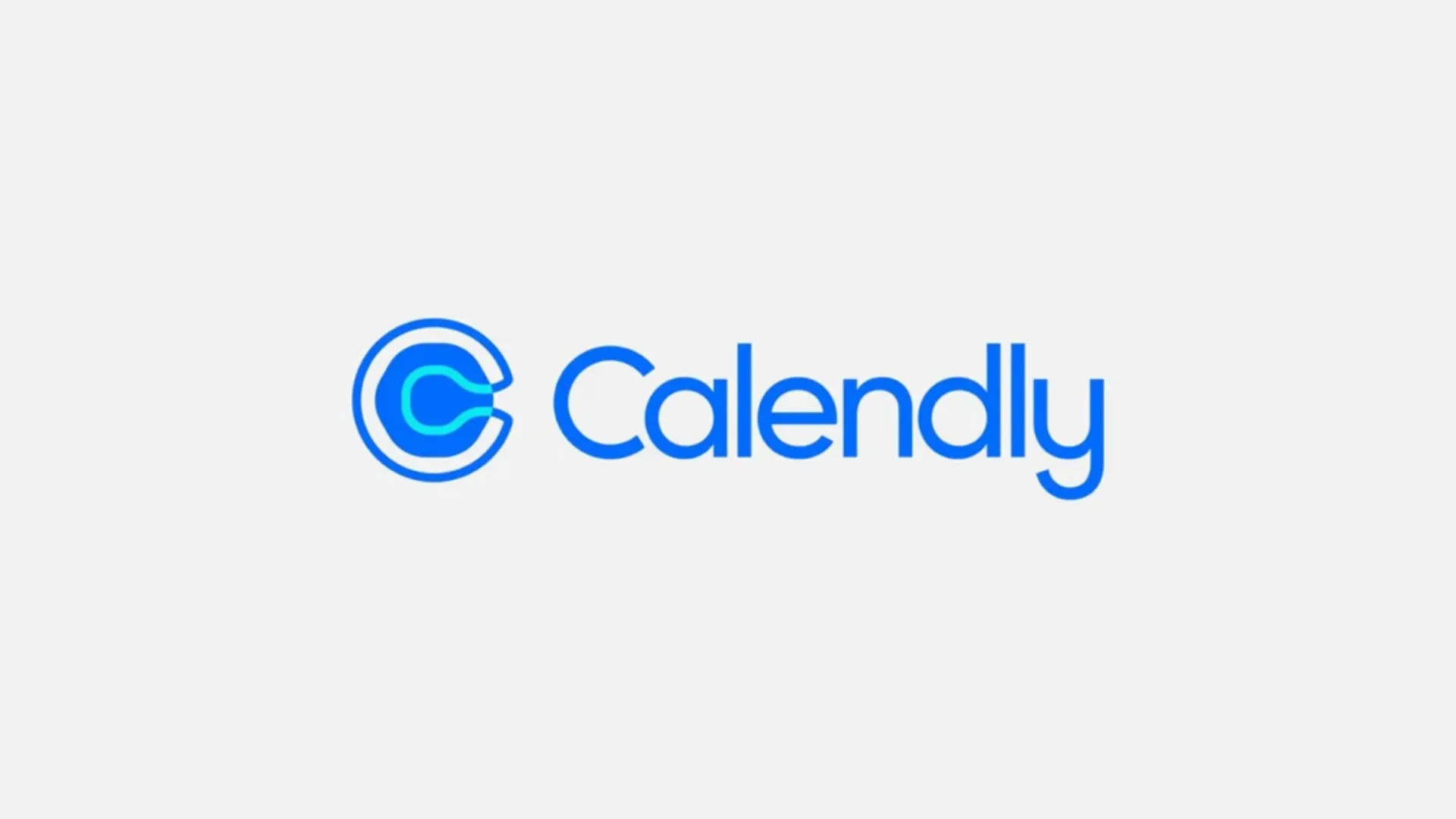
Every rep knows the pain of scheduling back-and-forth emails. Calendly fixes that with simple, professional automation that lets leads book meetings in seconds — saving countless hours of admin work each month.
What It Offers
- Smart Scheduling Links: Share availability and let prospects pick a slot instantly.
- Automated Reminders & Workflows: Sends confirmations, follow-ups, and integrates directly with Zoom, Google Meet, and CRMs.
- Team Round-Robin & Routing: Automatically distributes meetings among team members to balance workloads.
Why It Increases Sales Productivity
Calendly removes one of the most common sources of friction in sales: time coordination. For busy reps, this means more booked calls and fewer lost opportunities due to missed scheduling. It’s a simple, no-frills productivity multiplier.
Best For
Any sales team — from solo consultants to enterprise account executives — needing frictionless meeting scheduling.
Free plan available, with advanced automation on paid tiers starting at $10 per user per month.
14. DocuSign – Close Deals Faster with eSignature Automation
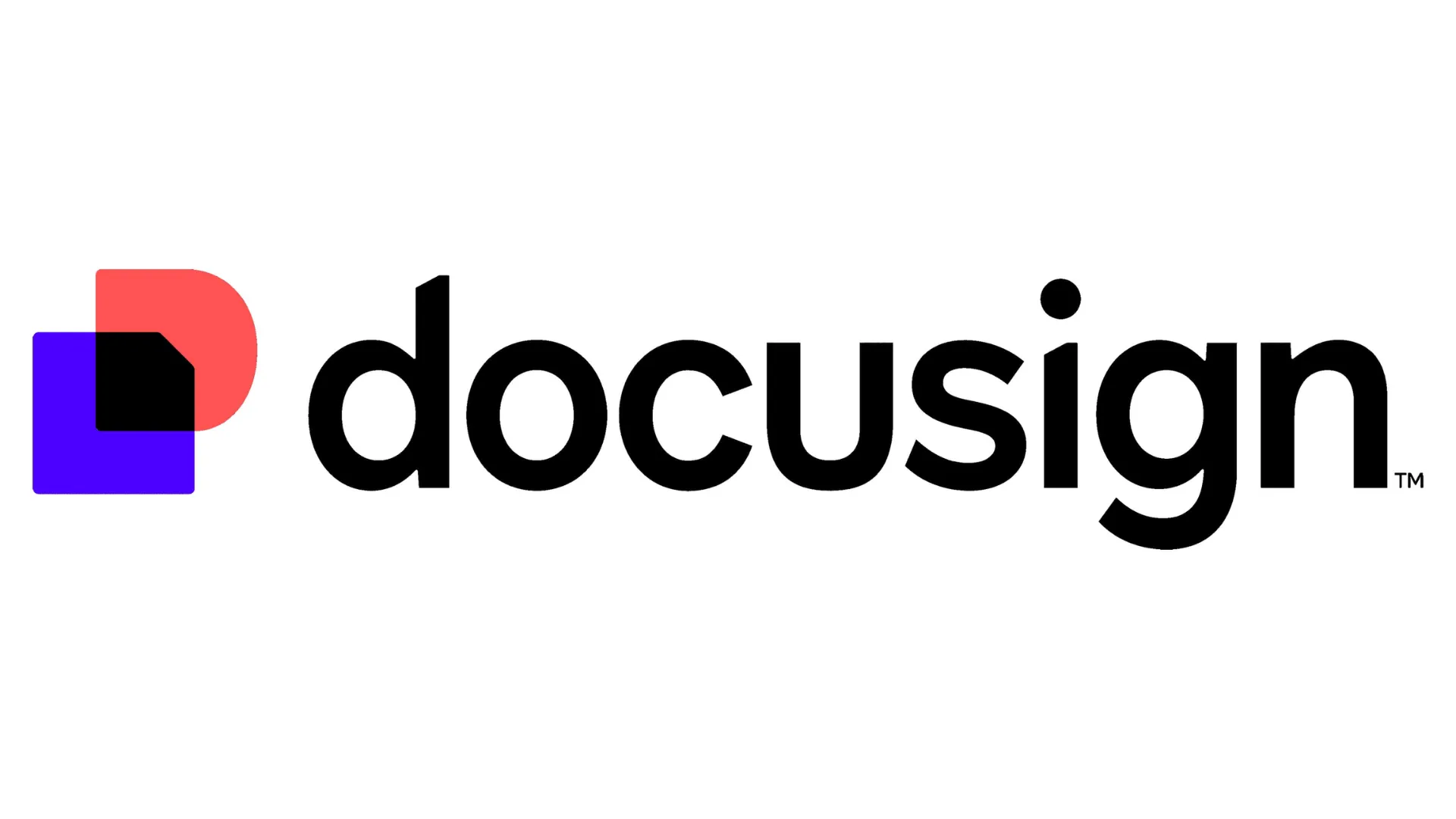
Closing is where deals stall, waiting for signatures, approvals, and paperwork. DocuSign solves this bottleneck with secure, legally binding e-signatures and streamlined document workflows.
What It Offers
- One-Click Signatures: Clients sign from any device, anywhere.
- Templates & Automated Fields: Perfect for recurring contracts, proposals, or NDAs.
- CRM Integration: Auto-updates deal stages in Salesforce, HubSpot, and other tools when contracts are signed.
Why It Improves Sales Productivity
Every minute a deal waits for a signature is a minute of potential churn. DocuSign automates this step entirely — letting sales teams close deals faster and move on to the next opportunity.
Best For
Sales and legal teams that want to accelerate contract cycles and eliminate manual paperwork.
Pricing starts at $15 per user per month, with enterprise-grade compliance options.







